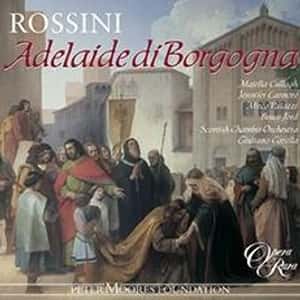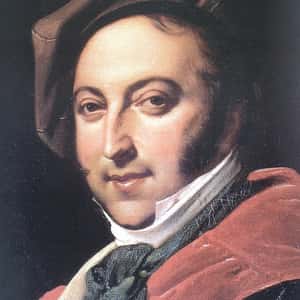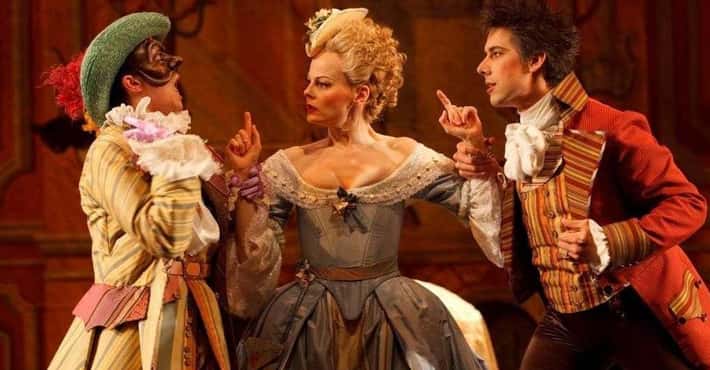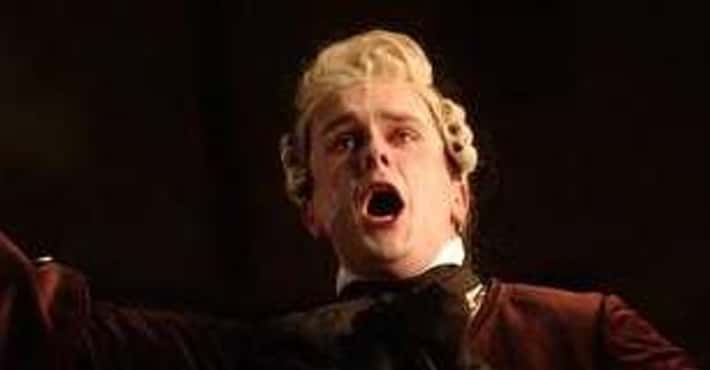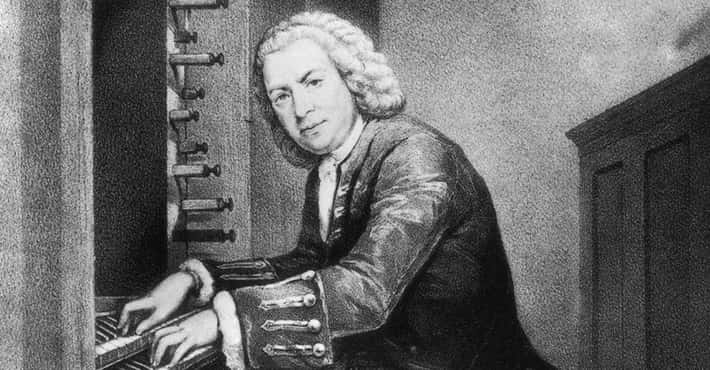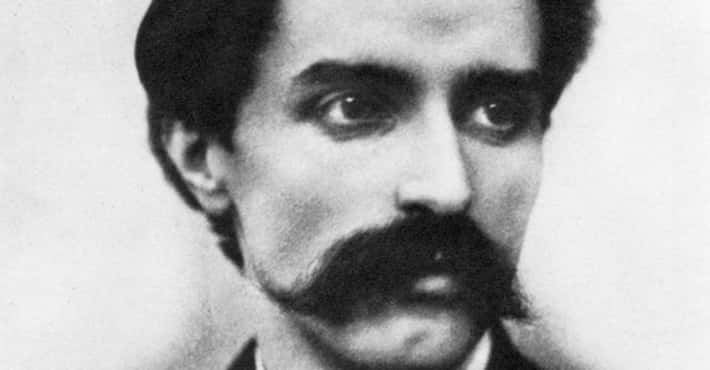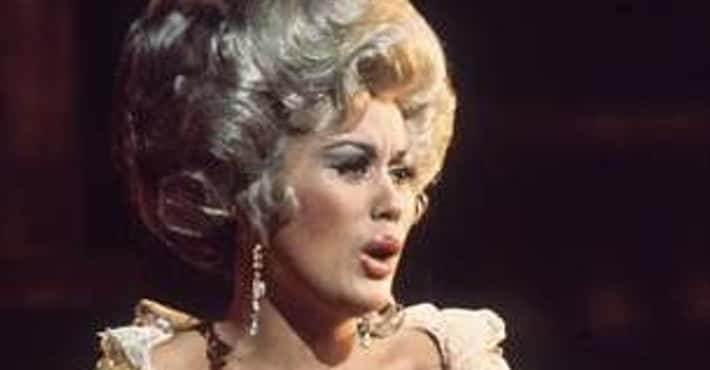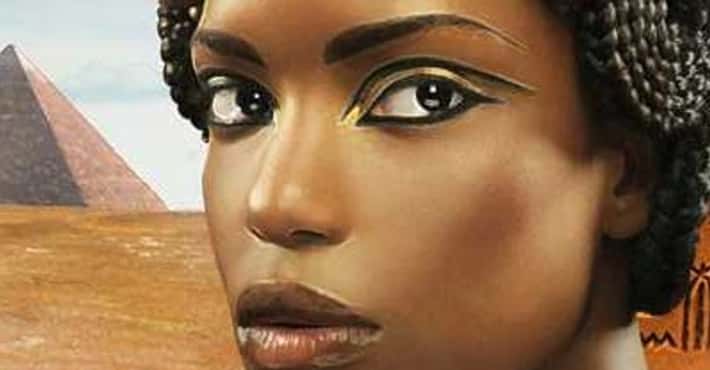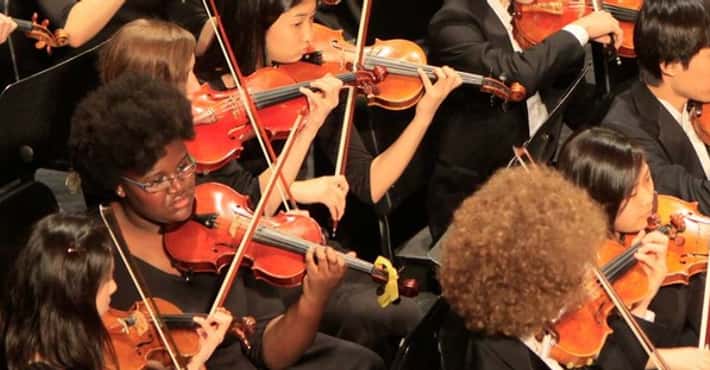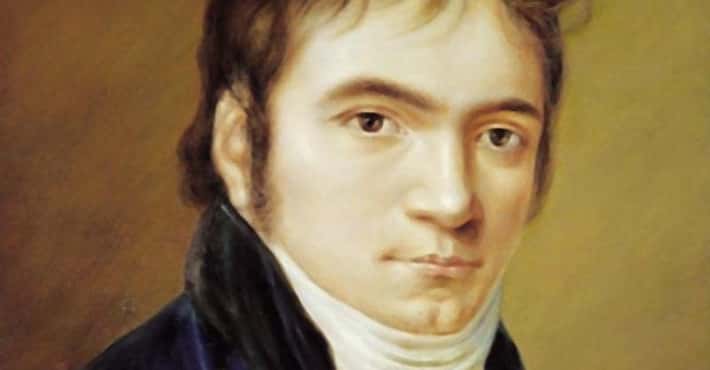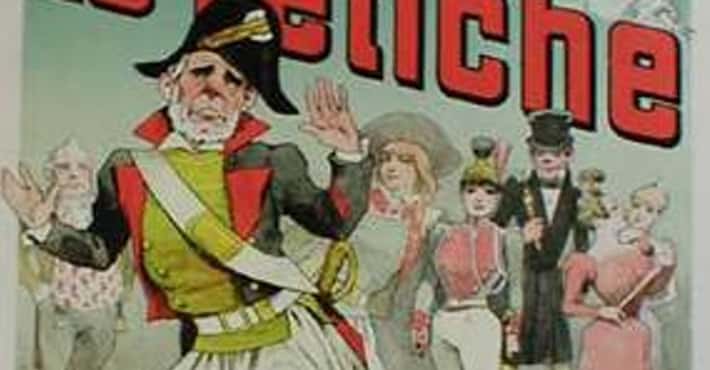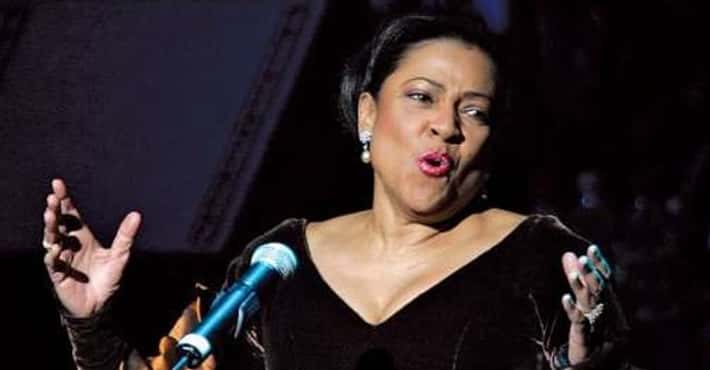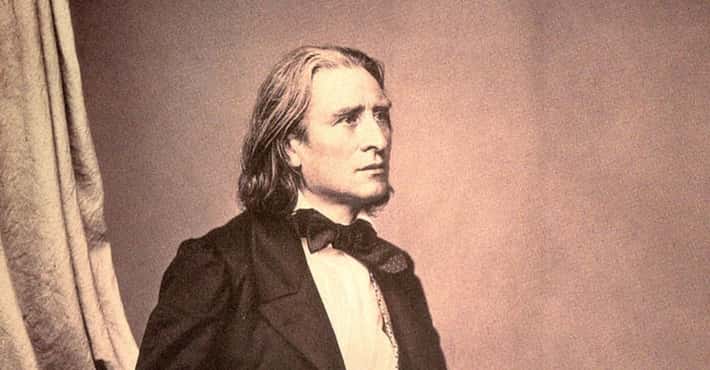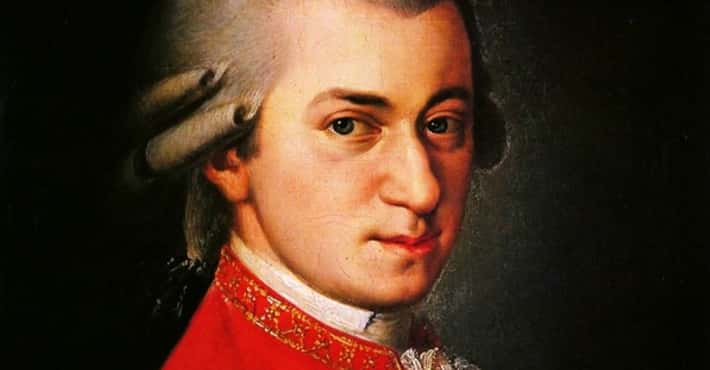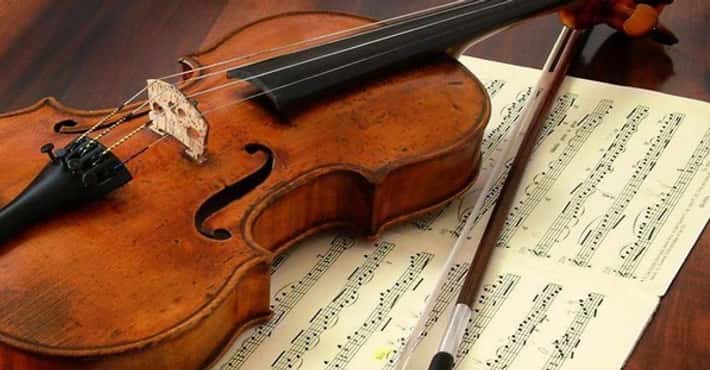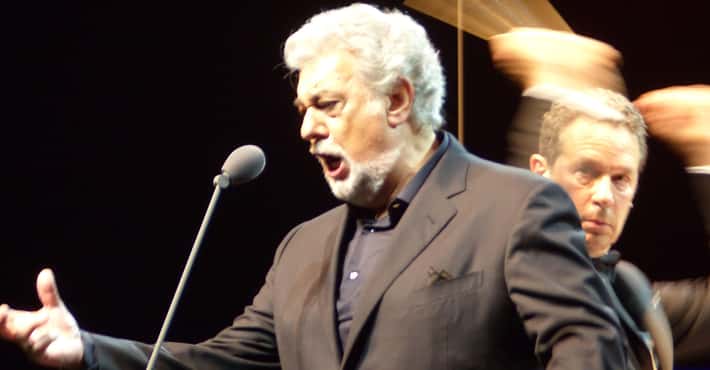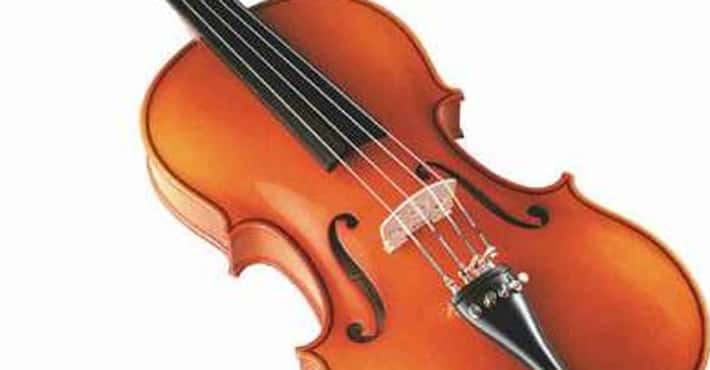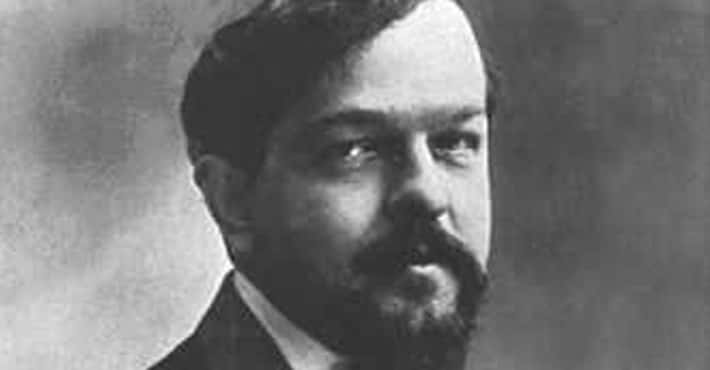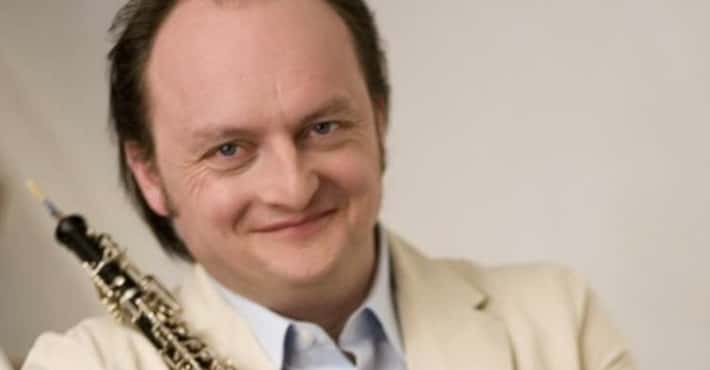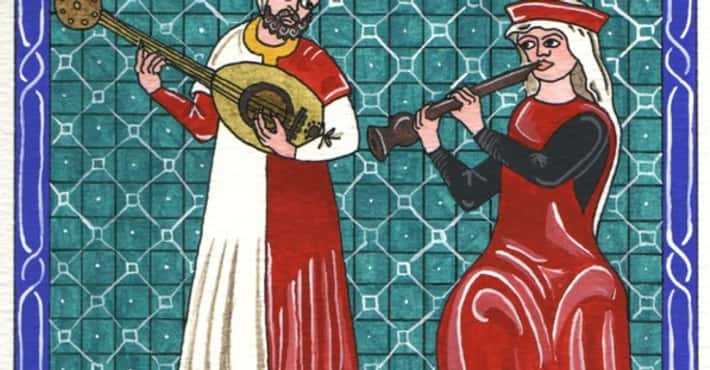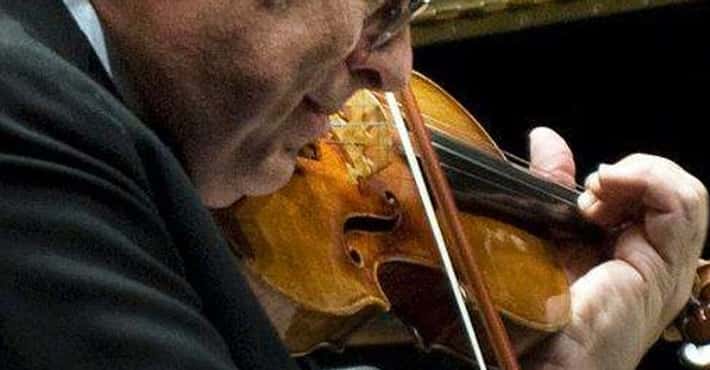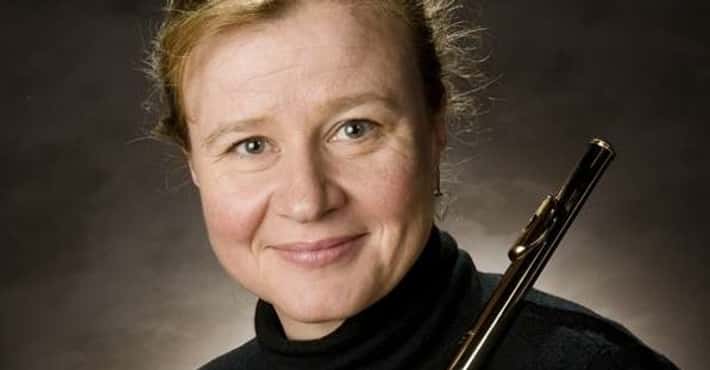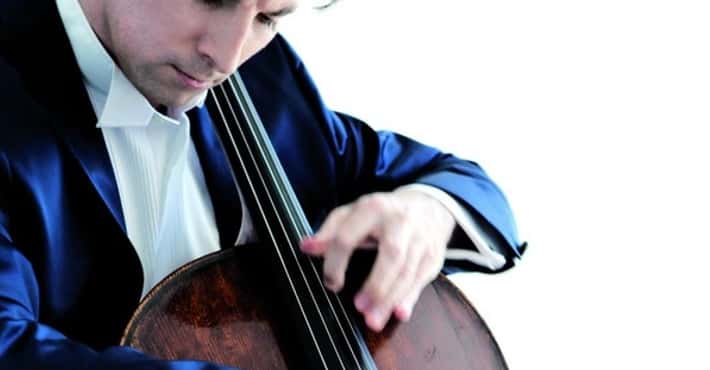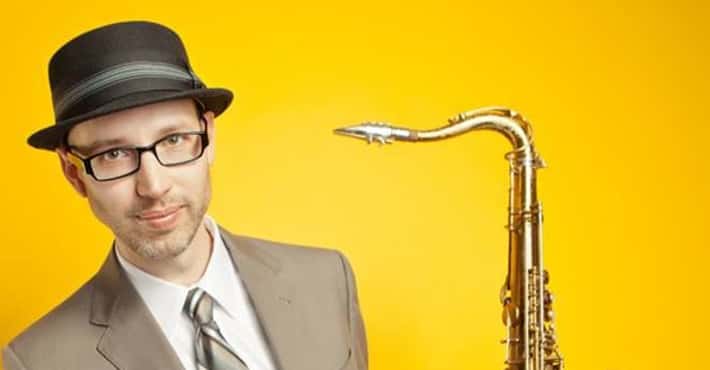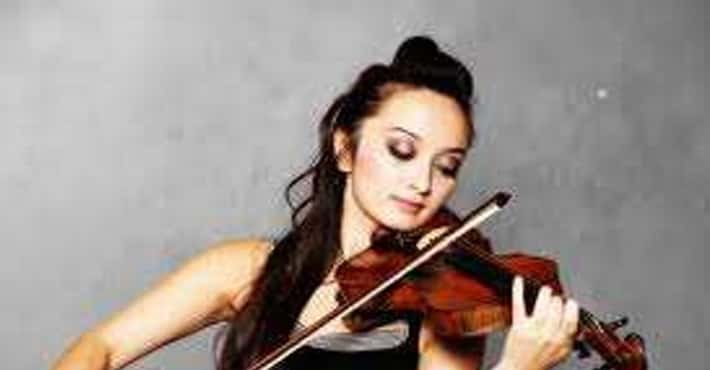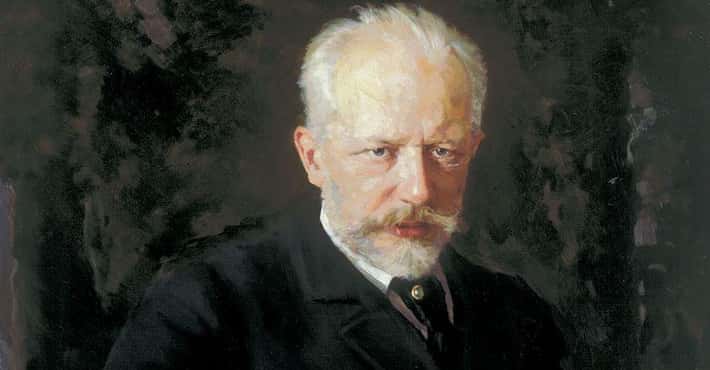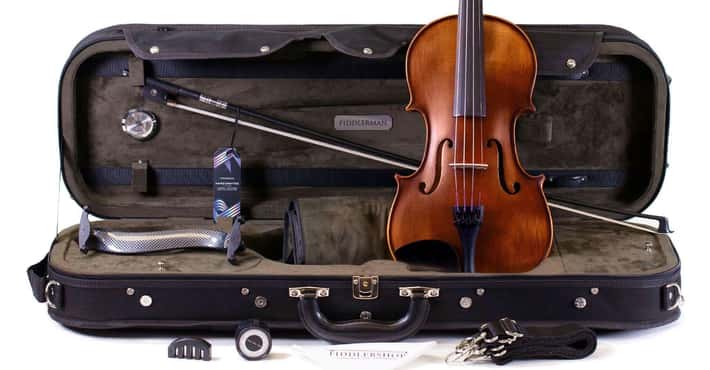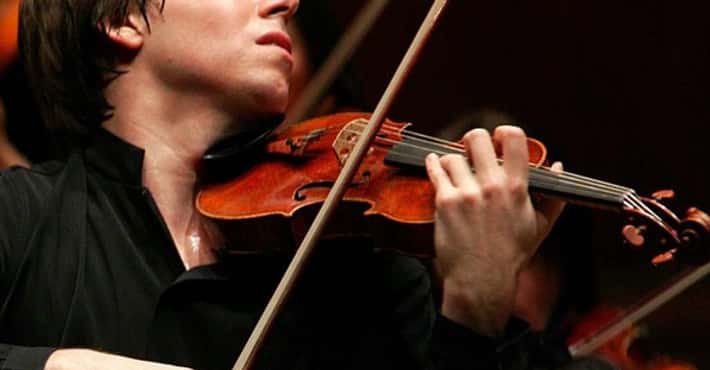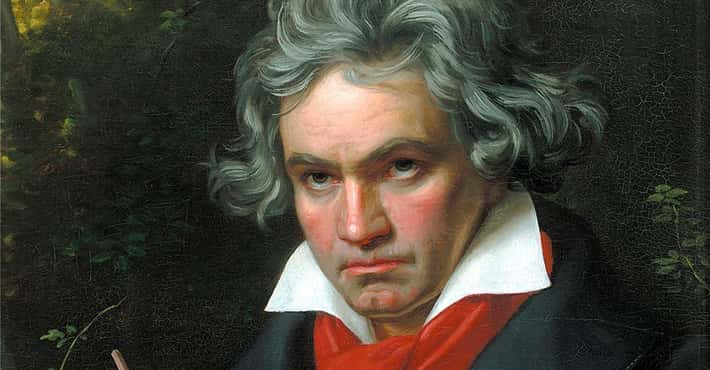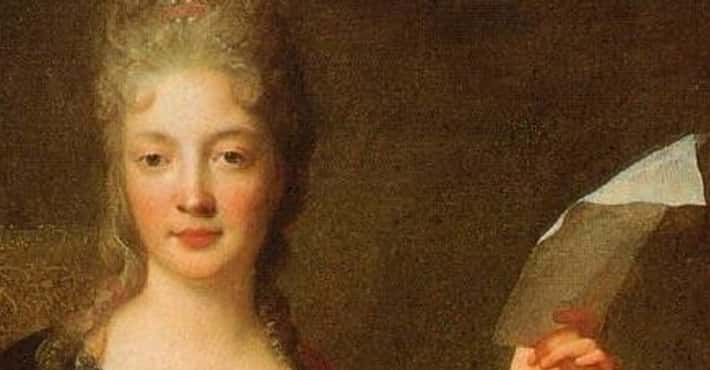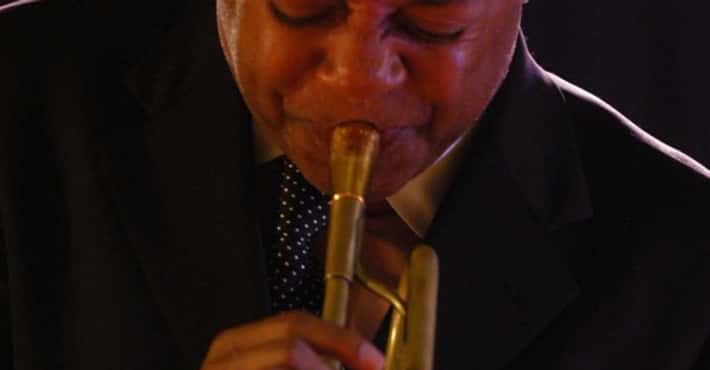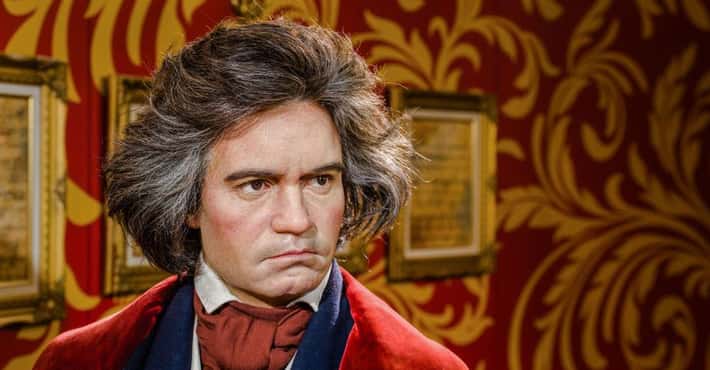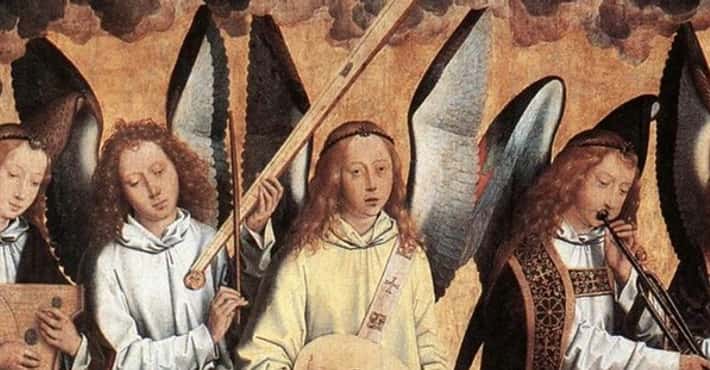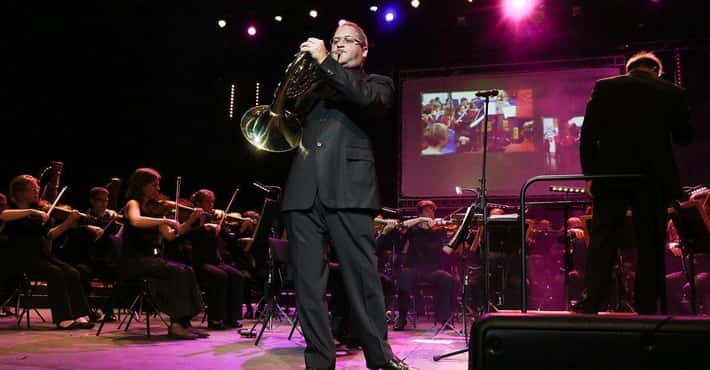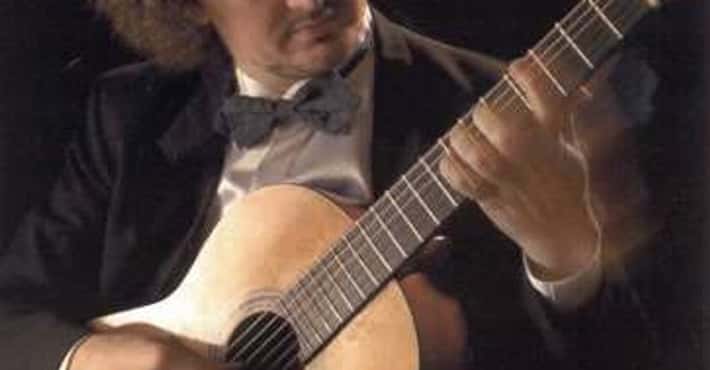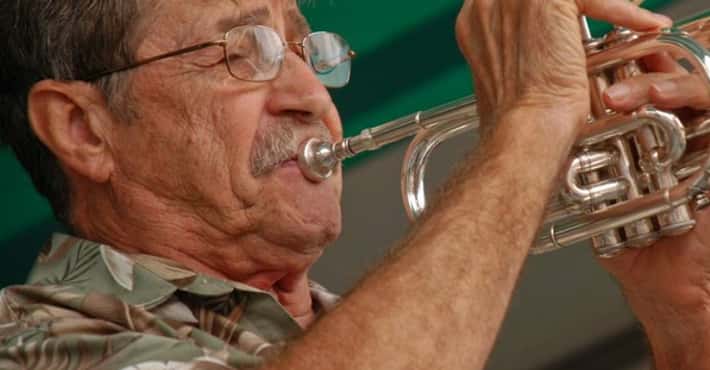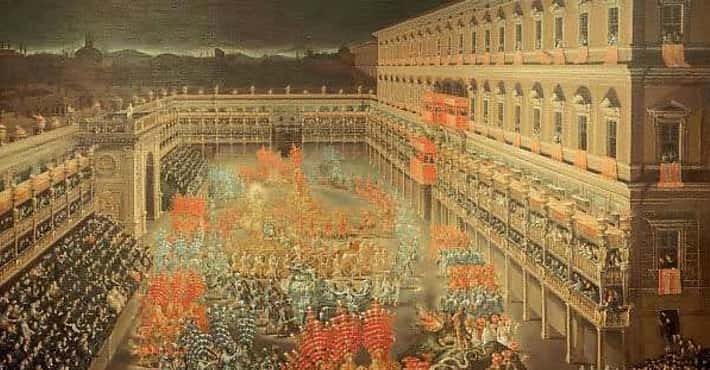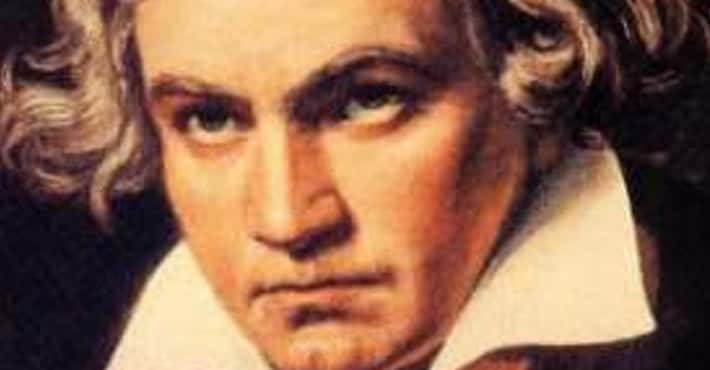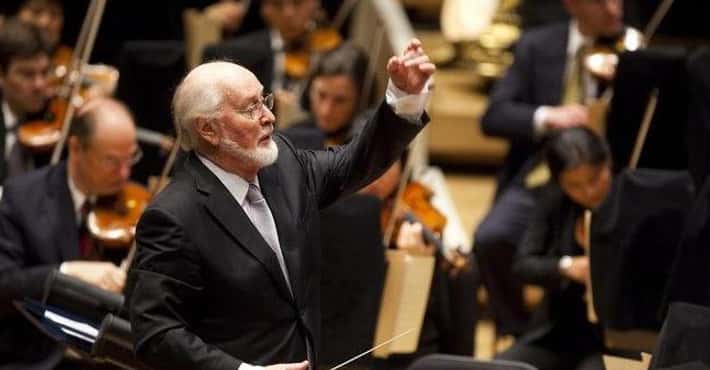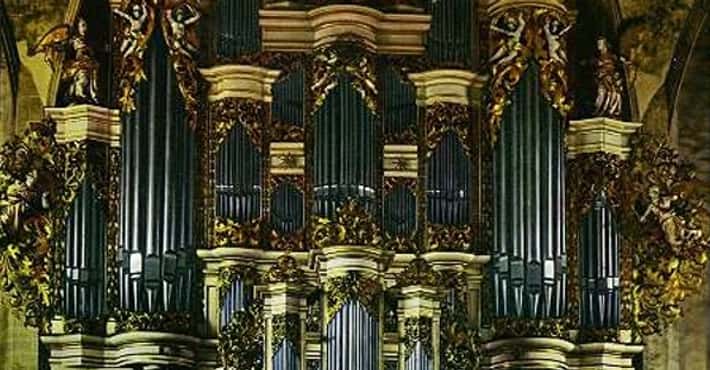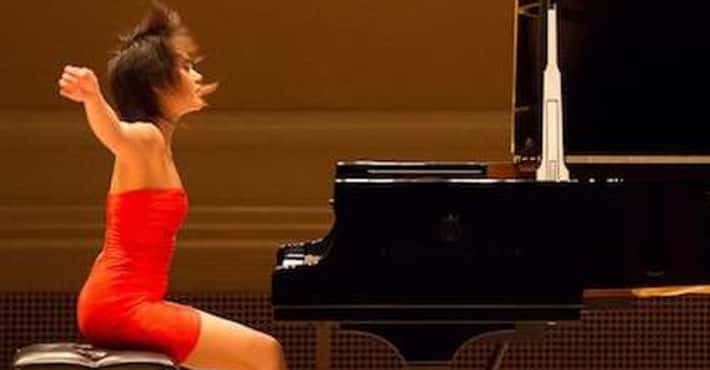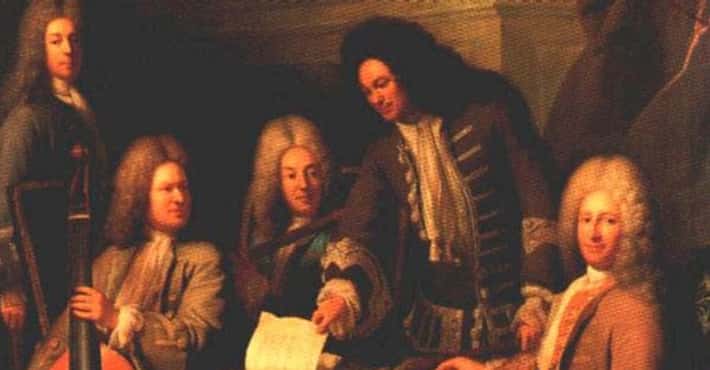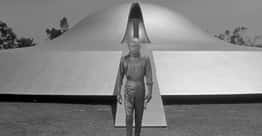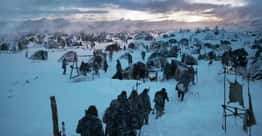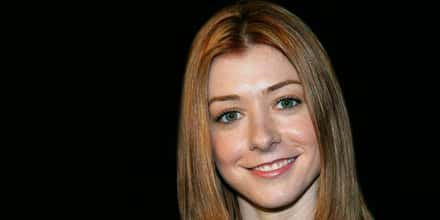List of Gioacchino Rossini Operas
- Adelaide di Borgogna, ossia Ottone, re d'Italia is a two-act opera composed by Gioachino Rossini to a libretto by Giovanni Schmidt. It was premièred at the Teatro Argentina in Rome on 27 December 1817.
- Adina is an operatic farsa in one act by Gioachino Rossini with a libretto by Marchese Gherardo Bevilacqua-Aldobrandini. The opera develops the popular theme of the "abduction from the seraglio". The première took place on 22 June 1826 at the Teatro Nacional de São Carlos, Lisbon.
- Armida is an opera in three acts by Gioachino Rossini to an Italian libretto by Giovanni Schmidt, based on scenes from Gerusalemme liberata by Torquato Tasso.
- Aureliano in Palmira is an operatic dramma serio in two acts written by Gioachino Rossini to an Italian libretto in which the librettist was credited only by the initials "G. F. R." The libretto has generally been attributed to Giuseppe Felice Romani, but sometimes to the otherwise unknown Gian Francesco Romanelli. It has been suggested that the latter name may have resulted from a confusion of Romani with Luigi Romanelli, La Scala's house poet prior to Romani's appointment to the post. The story was based on the libretto by Gaetano Sertor for Pasquale Anfossi's 1789 opera Zenobia in Palmira and it centers on the rivalry between the Roman Emperor Aurelian and Prince Arsace of Persia over the beautiful Zenobia, Queen of Palmyra. The Act 1 duet between Zenobia and Arsace, Se tu m'ami, o mia regina, was greatly admired by Stendhal. Although he had never seen a complete performance of Aureliano in Palmira, he heard the duet in a concert in Paris and described its music as "sublime" and one of the best duets that Rossini had written. Other music from this opera, particularly the overture, was later reused by Rossini in Elisabetta, regina d'Inghilterra and in The Barber of Seville.
Bianca e Falliero
Bianca e Falliero, ossia Il consiglio dei tre is a two-act operatic melodramma by Gioachino Rossini to an Italian libretto by Felice Romani. The libretto was based on Antoine-Vincent Arnault's play Les Vénitiens, ou Blanche et Montcassin.- Ciro in Babilonia, ossia La caduta di Baldassare is an azione sacra in two acts by Gioachino Rossini with a libretto by Francesco Aventi. It was first performed at the Teatro Comunale, Ferrara during Lent, 1812. The exact date of the premiere is unknown but is believed to be 14 March. During Lent it was the custom for Italian opera houses either to close or to stage works on themes from the Bible. Ciro in Babilonia is one of two Lenten operas by Rossini and is based on the Biblical story of the overthrow of the Babylonian king Belshazzar by the Persian ruler Cyrus the Great.
- Demetrio e Polibio is a two-act operatic dramma serio by Gioachino Rossini to a libretto by Vincenzina Viganò-Mombelli. The opera was orchestrated for strings only. Demetrio e Polibio was Rossini's first attempt at a full-scale opera, "assembled piecemeal" during his student days at the Philharmonic Academy of Bologna in 1806. Because it was commissioned by tenor Domenico Mombelli and was performed privately by Mombelli and his two daughters, a performance which Rossini did not attend, it was not his first fully staged opera. The opera was not professionally staged until 18 May 1812, when it premiered at Rome's Teatro Valle.
- Eduardo e Cristina is an operatic 'dramma' in two acts by Gioachino Rossini to an Italian libretto originally written by Giovanni Schmidt for Odoardo e Cristina, an opera by Stefano Pavesi, and adapted for Rossini by Andrea Leone Tottola and Gherardo Bevilacqua-Aldobrandini. This pastiche work was composed in a great hurry for a first performance arranged less than a month after the premiere of Ermione. Rossini borrowed "19 of the 26 musical numbers" from his other works, including Adelaide di Borgogna, Ricciardo e Zoraide, as well as Ermione itself. The opera was first performed at the Teatro San Benedetto, Venice, on 24 April 1819 and given 24 performances that season before being revived the following year at the more prestigious La Fenice. Ironically, while Ermione was not particularly well received, "Eduardo e Christina was a huge success". Apparently, the first performance was so well received that it took six hours, given the large number of repetitions.
- Elisabetta, regina d'Inghilterra is a dramma per musica or opera in two acts by Gioachino Rossini to a libretto by Giovanni Schmidt, from the play Il paggio di Leicester by Carlo Federici, which itself "was derived from a novel The Recess by Sophia Lee." It was premiered at the Teatro San Carlo in Naples on 4 October 1815 and was the first of nine operas which Rossini wrote for the San Carlo. Altogether, this was one of eighteen operas which he wrote during the time he spent in Naples. Rossini took melodies from other operas to compose Elisabetta, including the overture, first written for Aureliano in Palmira, which is famous as the overture to The Barber of Seville. As Holden notes, with the re-uses of earlier music, "it is as if Rossini wished to present himself to the Neapolitan public by offering a selection of the best music from operas unlikely to have been revived in Naples." Some of Elisabetta 's music was recycled in later operas and a part of Elisabetta's first aria was re-used by Rossini four months later in Rosina's aria "Una voce poco fa" in the opera The Barber of Seville.
- Ermione is a tragic opera in two acts by Gioachino Rossini to an Italian libretto by Andrea Leone Tottola, based on the play Andromaque by Jean Racine.
- William Tell is an opera in four acts by Gioachino Rossini, with a French libretto by Étienne de Jouy and Hippolyte Bis based on Friedrich Schiller's play William Tell, which drew on the William Tell legend. This opera was Rossini's last, even though the composer lived for nearly forty more years. The overture, featuring a depiction of a storm and with its famous finale, "March Of The Swiss Soldiers," is a major part of the concert and recording repertoire. Charles Malherbe, archivist at the Paris Opéra, discovered the original orchestral score of the opera at a secondhand book seller's shop, resulting in its being acquired by the Paris Conservatoire.
- Il signor Bruschino, ossia Il figlio per azzardo is a one act operatic farce by Gioachino Rossini to a libretto by Giuseppe Maria Foppa, based upon the play Le fils par hasard, ou ruse et folie by Alissan de Chazet and E.T.M. Ourry. The opera was first performed in Venice at the Teatro San Moisè on 27 January 1813. From 1810 to 1813, the young Rossini composed four Italian farces, beginning with La cambiale di matrimonio, his first opera, and ending with Il signor Bruschino. These types of short pieces were popular in Venice at the end of the 18th century and the beginning of the 19th century. The pieces were intimate, with a cast of five to eight singers, always including a pair of lovers, here Sofia and Florville, at least two comic parts, here Bruschino senior, Gaudenzio and Filiberto, and one or more minor roles, here Marianna, Bruschino junior and a policeman. The style called for much visual comedy improvised by the players, and often a compulsive linguistic ‘tic’. Here, Bruschino senior often repeats the phrase "Oh, it’s so hot!". As compared with many genres of opera, acting and comedic talent is more important relative to the required singing ability.
- Il turco in Italia is an opera in two acts by Gioachino Rossini. The Italian-language libretto was written by Felice Romani. It was a re-working of a libretto by Caterino Mazzolà set as an opera by the German composer Franz Seydelmann in 1788. An opera buffa, it was influenced by Mozart's Così fan tutte, which was performed at the same theatre shortly before Rossini's work. The strangely harmonized overture, though infrequently recorded, is one of the best examples of Rossini's characteristic style. An unusually long introduction displays an extended, melancholy horn solo with full orchestral accompaniment, before giving way to a lively, purely comic main theme.
- Il viaggio a Reims, ossia L'albergo del giglio d'oro is an operatic dramma giocoso, originally performed in three acts, by Gioachino Rossini to an Italian libretto by Luigi Balocchi, based in part on Corinne, ou L'Italie by Mme de Staël. Rossini's last opera in the Italian language premiered under the title Le voyage à Reims, ou l'Hôtel du Lys-d'Or. It was commissioned to celebrate the coronation of French King Charles X in Reims in 1825 and has been acclaimed as one of Rossini's finest compositions. A demanding work, it requires 14 soloists. At its premiere, it was sung by the greatest voices of the day. Since the opera was written for a specific occasion, with a plot about European aristocrats, officers - and one poetess - en route to join in the French coronation festivities that the opera itself was composed for, Rossini never intended it to have a life beyond a few performances in Paris. He later re-used about half of the music in Le comte Ory. Il viaggio a Reims does not have an overture.
- Ivanhoé is an 1826 pastiche opera in three acts with music by Gioachino Rossini to a French-language libretto by Émile Deschamps and Gabriel-Gustave de Wailly, after Walter Scott's novel of the same name. The music was adapted, with the composer's permission, by the music-publisher Antonio Pacini from Rossini's operas, namely Semiramide, La Cenerentola, La gazza ladra, and Tancredi in order to introduce his music to Paris. An examination of the score shows that Pacini also used music from Bianca e Faliero, Armida, Maometto II, Aureliano in Palmira, Sigismondo, Torvaldo e Dorliska, Mosè in Egitto and an amount of newly composed music including fanfares and the gallop that was later to become famous from its inclusion in Guglielmo Tell. The work was premiered on 15 September 1826, at the Odéon Theatre. It was performed in England in 1829 as The Maid of Judah with music arranged by Michael Rophino Lacy who also translated and revised the original libretto by Deschamps and de Wailly. The Lacy version was also performed in New York at the Park Theatre in 1832. The first performance of Ivanhoé in modern times was given at the Festival della Valle d'Itria in 2001.
- L'equivoco stravagante is an operatic dramma giocoso in two acts by Gioachino Rossini to an Italian libretto by Gaetano Gasbarri. It was Rossini's first attempt at writing a full two-act opera.
- L'inganno felice is an opera in one act by Gioachino Rossini with a libretto by Giuseppe Maria Foppa. Foppa reworked the libretto which Giuseppe Palomba had written for an opera of the same name by Paisiello. Rossini called his opera a farsa, although as Richard Osborne explains: "Its designation as a farsa is misleading in the light of its semiseria status as a romantic melodrama with buffo elements." The work has much in common with French Revolutionary operas such as Cherubini's Les deux journées. It was first performed at the Teatro San Moisè, Venice on 8 January 1812 and was an instant success.
- L'italiana in Algeri is an operatic dramma giocoso in two acts by Gioachino Rossini to an Italian libretto by Angelo Anelli, based on his earlier text set by Luigi Mosca. It premiered at the Teatro San Benedetto in Venice on 22 May 1813. The music is characteristic of Rossini's style, remarkable for its fusion of sustained, manic energy with elegant, pristine melodies.
- L’occasione fa il ladro, ossia Il cambio della valigia is an opera in one act by Gioachino Rossini to an Italian libretto by Luigi Prividali, based on Le prétendu sans le savoir, ou L’occasion fait le larron, a play by Eugène Scribe.
- La cambiale di matrimonio is a one-act operatic farsa comica by Gioachino Rossini to a libretto by Gaetano Rossi. The libretto was based on the play by Camillo Federici and a previous libretto by Giuseppe Checcherini for Carlo Coccia's 1807 opera, Il matrimonio per lettera di cambio. The opera debuted on 3 November 1810 at the Teatro San Moisè in Venice Composed in a few days when he was 18 years old, La cambiale di matrimonio was Rossini's first professional opera. The overture, written when he was a student at the Liceo Musicale in Bologna, is an important part of the modern concert repertoire. As was to become typical of his later career, the duet "Dunque io son" was later reused, to greater effect, in act 1 of The Barber of Seville.
- La Cenerentola, ossia La bontà in trionfo is an operatic dramma giocoso in two acts by Gioachino Rossini. The libretto was written by Jacopo Ferretti, based on the fairy tale Cendrillon by Charles Perrault. The opera was first performed in Rome's Teatro Valle on 25 January 1817. Rossini composed La Cenerentola when he was 25 years old, following the success of The Barber of Seville the year before. La Cenerentola, which he completed in a period of three weeks, is considered to have some of his finest writing for solo voice and ensembles. Rossini saved some time by reusing an overture from La gazzetta and part of an aria from The Barber of Seville and by enlisting a collaborator, Luca Agolini, who wrote the secco recitatives and three numbers. The facsimile edition of the autograph has a different aria for Alidoro, "Fa' silenzio, odo un rumore"; this seems to have been added by an anonymous hand for an 1818 production. For an 1820 revival in Rome, Rossini wrote a bravura replacement, "La, del ciel nell'arcano profondo". The light, energetic overture has been in the standard repertoire since its premiere as La Cenerentola.
- La donna del lago is an opera by Gioachino Rossini with a libretto by Andrea Leone Tottola based on the French translation of The Lady of the Lake, a narrative poem written in 1810 by Sir Walter Scott, whose work continued to popularize the image of the romantic highlands. Scott's basic story has been noted as coming from "the hint of an incident stemming from the frequent custom of James V, the King of Scotland, of walking through the kingdom in disguise". It was the first of the Italian operas to be based on Scott's romantic works, and marked the beginning of romanticism in Rossini's work. It was "deeply influential in the development of Italian romantic opera" to the extent that by 1840, there were 25 Italian operas based on his works, the most famous being Donizetti's Lucia di Lammermoor of 1835. Others in German, French and English followed. Written for the Teatro San Carlo in Naples, this was the seventh of nine operas which Rossini wrote for that house between 1815 and 1822. Although the première on 24 September 1819 was not a success, there followed many performances throughout major European venues until about 1860, after which the opera disappeared until 1958.
- La gazza ladra is a melodramma or opera semiseria in two acts by Gioachino Rossini, with a libretto by Giovanni Gherardini based on La pie voleuse by Jean-Marie-Theodor Badouin d'Aubigny and Louis-Charles Caigniez. The composer Giaochino Rossini wrote quickly, and La gazza ladra was no exception. According to legend, before the first performance of the opera, the producer assured the composition of the overture by locking Rossini in a room, from the window of which the composer threw out the sheets of music to the copyists who then wrote the orchestral parts, to complete the composition of the opera. As such, The Thieving Magpie is best known for the overture, which is musically notable for its use of snare drums.
- La gazzetta, ossia Il matrimonio per concorso is an opera buffa by Gioachino Rossini. The libretto was by Giuseppe Palomba after Carlo Goldoni's play Il matrimonio per concorso of 1763. The opera satirizes the influence of newspapers on people's lives. There is critical disagreement as to its success, although the New England Conservatory's notes for their April 2013 production state that the opera "was an immediate hit, and showed Rossini at his comic best."
- La pietra del paragone is an opera, or melodramma giocoso, in two acts by Gioachino Rossini, to an original Italian libretto by Luigi Romanelli.
- La scala di seta is an operatic farsa comica in one act by Gioachino Rossini to a libretto by Giuseppe Maria Foppa. It was first performed in Venice, Italy at the Teatro San Moisè on 9 May 1812. The overture has been frequently recorded and continues to be featured in the modern concert repertoire. From 1810 to 1813, the young Rossini composed four Italian farse, beginning with La cambiale di matrimonio, his first opera, and ending with Il Signor Bruschino. These types of short pieces were popular in Venice at the end of the 18th century and the beginning of the 19th century. The pieces were intimate, with a cast of five to seven singers, always including a pair of lovers, at least two comic parts, and one or two other minor roles. The style called for much visual comedy improvised by the players. As compared to many genres of opera, acting and comedic talent is more important relative to the required singing ability. Rossini’s farces also have a significant sentimental element.
- Le comte Ory is an opéra written by Gioachino Rossini in 1828. Some of the music originates from his opera Il viaggio a Reims written three years earlier for the coronation of Charles X. The French libretto was by Eugène Scribe and Charles-Gaspard Delestre-Poirson adapted from a comedy they had first written in 1817. The work is ostensibly a comic opera in that the story is humorous, even farcical. However it was devised for the Opéra rather than for the Théatre de l'Opéra-Comique and there are structural inconsistencies with the contemporary opéra comique genre: whereas the latter consists of relatively short lyrical numbers and spoken dialogue, Le Comte Ory consists of "highly developed, even massive musical forms linked by accompanied recitative. Although the opera contains some of Rossini's most colorful orchestral writing, the quaint, brief overture is oddly restrained and unassuming, ending with a whisper of pizzicato strings.
- Le siège de Corinthe is an opera in three acts by Gioachino Rossini set to a French libretto by Luigi Balocchi and Alexandre Soumet, which was based on the reworking of some of the music from the composer's 1820 opera for Naples, Maometto II, the libretto of which was written by Cesare della Valle. Le siège was Rossini's first French opera and was first given at the Salle Le Peletier of the Paris Opéra on 9 October 1826
Maometto II
Maometto II is an 1820 opera in two acts by Gioachino Rossini to an Italian libretto by Cesare della Valle. Set in the 1470s during a time of war between the Turks and Venetians, the work was commissioned by the Teatro di San Carlo in Naples. Della Valle based his libretto on his earlier play Anna Erizo. The name of the title character, Maometto II, refers to the real-life Ottoman Sultan and conqueror of Constantinople Mehmed II, who lived from 1432 to 1481. Regarded "in some ways [as his] most ambitious opera" and as "the best of Rossini's Neapolitan operas", Maometto II failed to find an audience in Naples and, "to help ensure [its] success in Venice and Paris, he smoothed out the most audacious elements of the score". Venice first saw it on 22 December 1822 and then, translated into French and changed significantly, it was presented as Le siège de Corinthe in 1826. Until the preparation of the critical editions of Maometto II, the composer's original intentions remained obscure. The introduction to an early version prepared by musicologists Philip Gossett and Patricia Brauner notes some of the difficulties of determining what Rossini had intended:Matilde di Shabran
Matilde di Shabran, is a melodramma giocoso in two acts by Gioachino Rossini to a libretto by Jacopo Ferretti after François-Benoît Hoffman’s libretto for Méhul’s Euphrosine and J. M. Boutet de Monvel's play Mathilde. The opera was first performed in Rome at the Teatro Apollo, 24 February 1821 conducted by the violinist Niccolo Paganini. The premiere was followed by a street brawl "between Rossini's admirers and his detractors."


